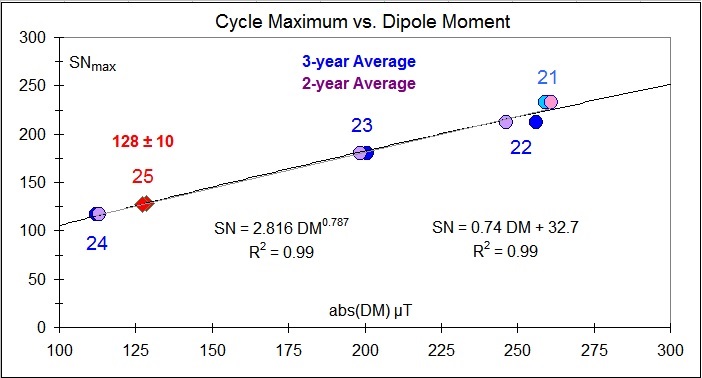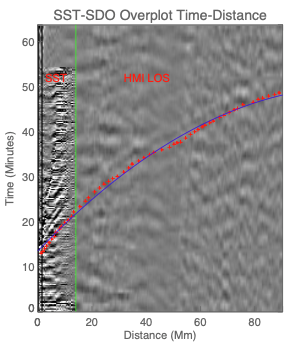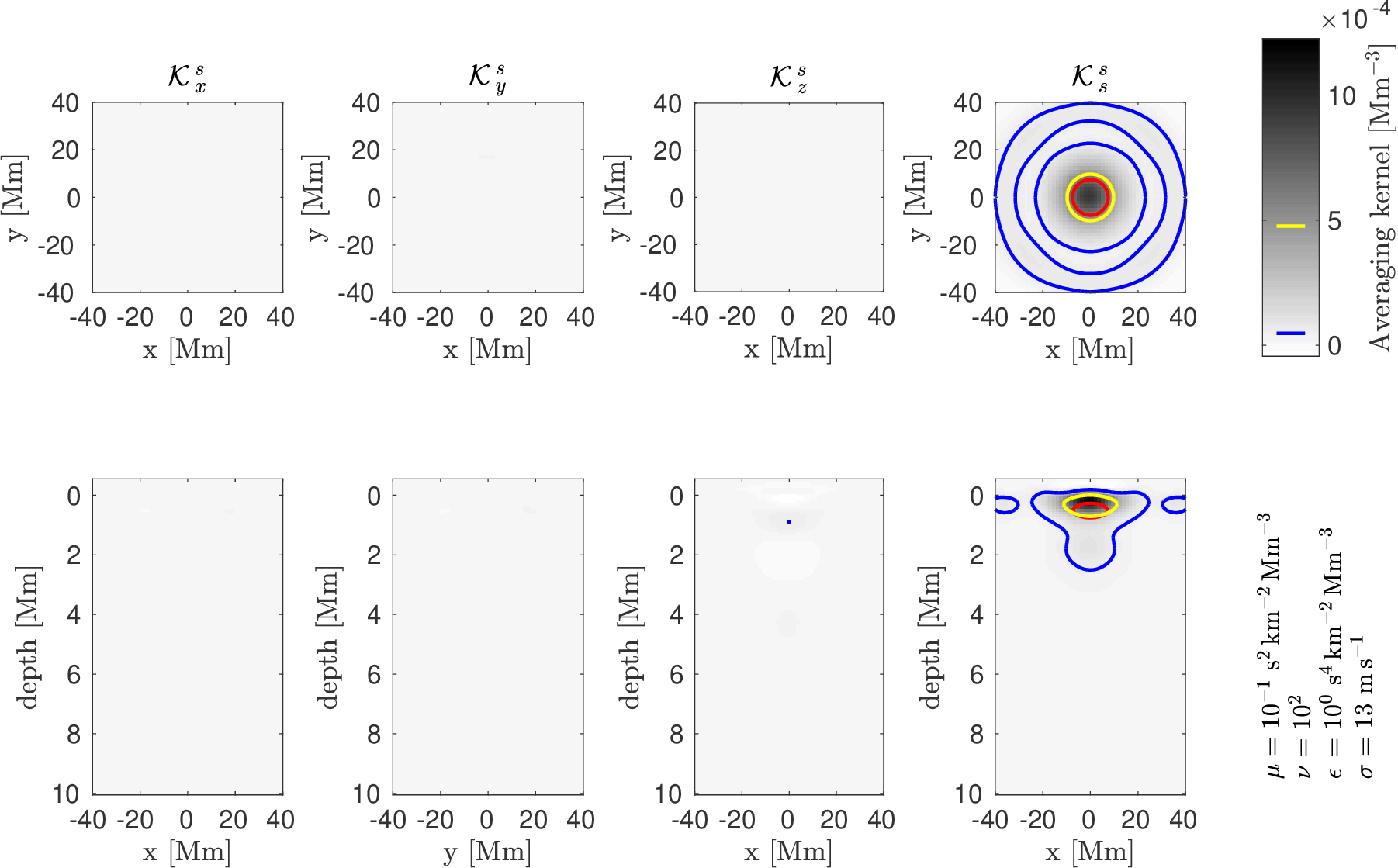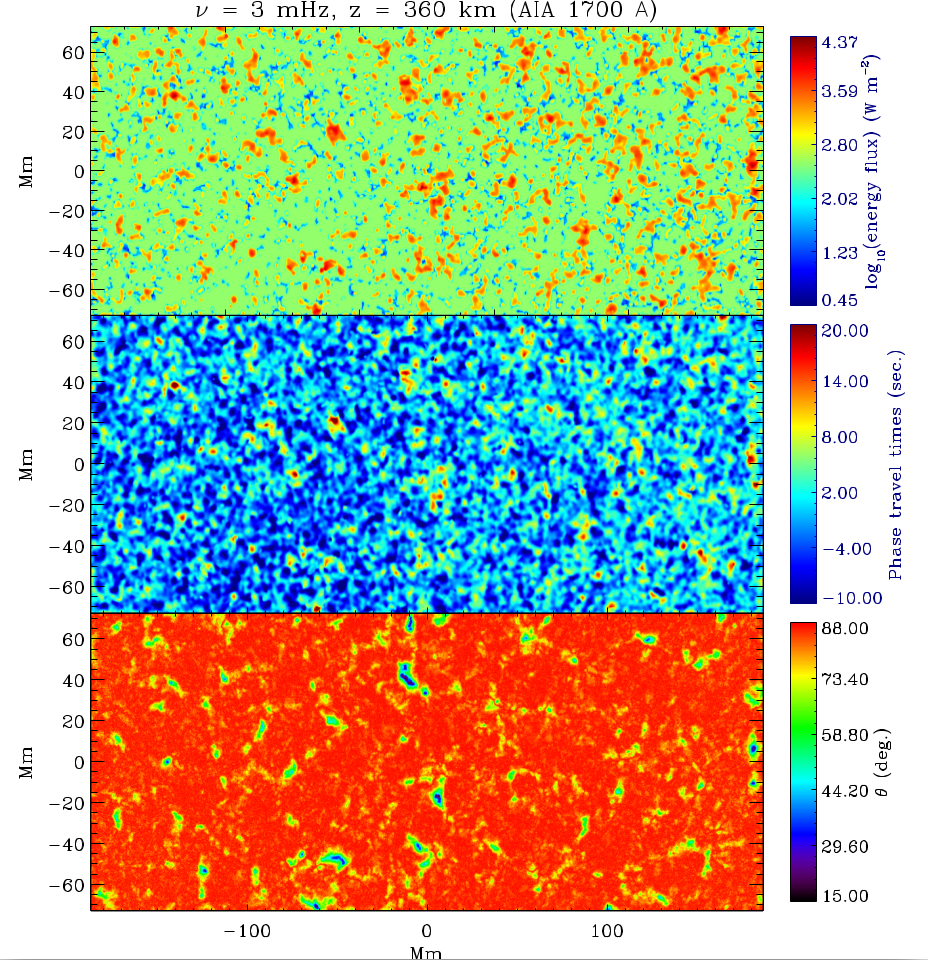Tag Archives: sunspots
147. Recurring Homologous Solar Eruptions in NOAA AR 11429
146. Prediction of Solar Cycle 25
145. Magnetic Helicity Budget of Solar Active Regions Prolific of Eruptive and Confined Flares
134. The First Numerical Modeling of Spontaneous Generation of δ-sunspots
130. Internal origin of the umbral oscillations
129. A Chromospheric Response to the Sunquake generated by the X9.3 Flare of 6 September 2017
125. Solar Farside Magnetograms from Deep Learning Analysis of STEREO/EUVI Data
122. Simultaneous Inversions for Vector Flows and Sound-Speed Perturbations
120. Magnetic Fields and the Supply of Low-Frequency Acoustic Waves to the Solar Chromosphere
Through analyzing simultaneous HMI’s visible-light observations and AIA’s ultraviolet observations, the authors show that a significant amount of acoustic waves with frequencies lower than the theoretical cutoff frequency can channel up along less inclined magnetic field from the photosphere to the chromosphere.










